About futuro futuro range hoods- falmek ?
ani_t
16 years ago
Featured Answer
Comments (6)
loves2cook4six
16 years agochrispulaski
16 years agoRelated Professionals
Frankfort Kitchen & Bathroom Designers · Mount Prospect Kitchen & Bathroom Designers · Peru Kitchen & Bathroom Designers · Ridgefield Kitchen & Bathroom Designers · St. Louis Kitchen & Bathroom Designers · Creve Coeur Kitchen & Bathroom Remodelers · Durham Kitchen & Bathroom Remodelers · North Arlington Kitchen & Bathroom Remodelers · Omaha Kitchen & Bathroom Remodelers · Sioux Falls Kitchen & Bathroom Remodelers · South Lake Tahoe Kitchen & Bathroom Remodelers · Walnut Creek Kitchen & Bathroom Remodelers · Burr Ridge Cabinets & Cabinetry · Saugus Cabinets & Cabinetry · Watauga Cabinets & Cabinetryra_ca
13 years agocarossel
11 years agokaseki
11 years ago
Related Stories
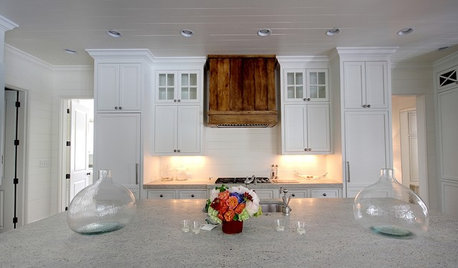
KITCHEN DESIGNWood Range Hoods Naturally Fit Kitchen Style
Bring warmth and beauty into the heart of your home with a range hood crafted from nature's bounty
Full Story
KITCHEN DESIGNA Cook’s 6 Tips for Buying Kitchen Appliances
An avid home chef answers tricky questions about choosing the right oven, stovetop, vent hood and more
Full Story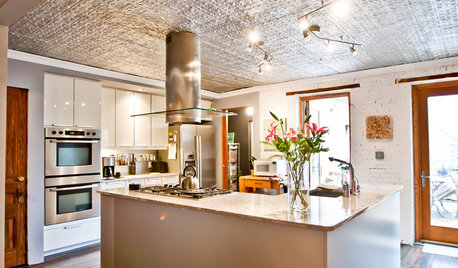
HOUZZ TOURSMy Houzz: Artful Restoration for a Brooklyn Brownstone
Historic detail balances with modern finishes and furnishings in this thoughtfully renovated, art-filled home
Full Story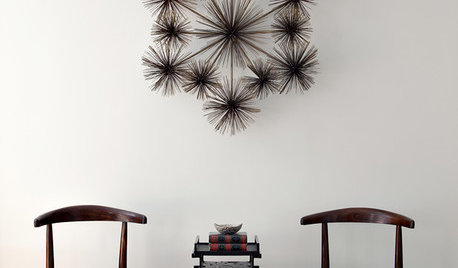
DECORATING GUIDESDandelions Pop Up in Home Décor
Creative wall treatments, textiles and lights are elevating the embattled weed to art
Full Story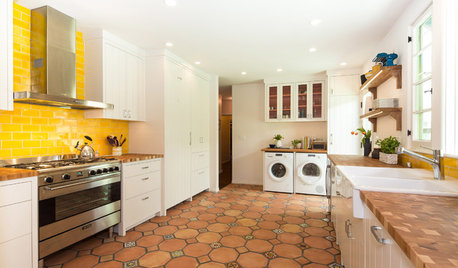
KITCHEN DESIGNNew This Week: 4 Surprising Backsplash and Countertop Pairings
Make your kitchen workspace stand out with colored ceramic tile, back-painted glass, butcher block and more
Full Story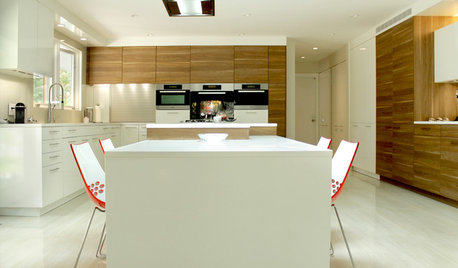
CONTEMPORARY HOMESMy Houzz: Modern Update to a 1960s Ranch in New Jersey
Outdated home decor is replaced with modern European-inspired elements, all while keeping true to the family’s rich culture
Full Story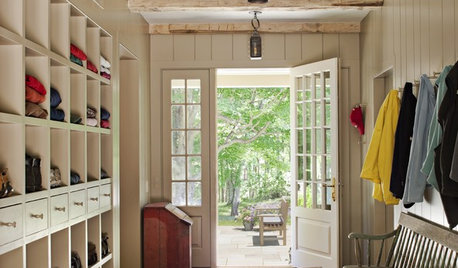
FARMHOUSESNew This Week: 5 Farmhouse-Style Entryways We Want to Come Home To
Raw materials and a sense of calm make these farmhouse- and cottage-style foyers both practical and inviting
Full StoryMore Discussions






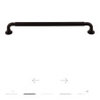
nicekato42